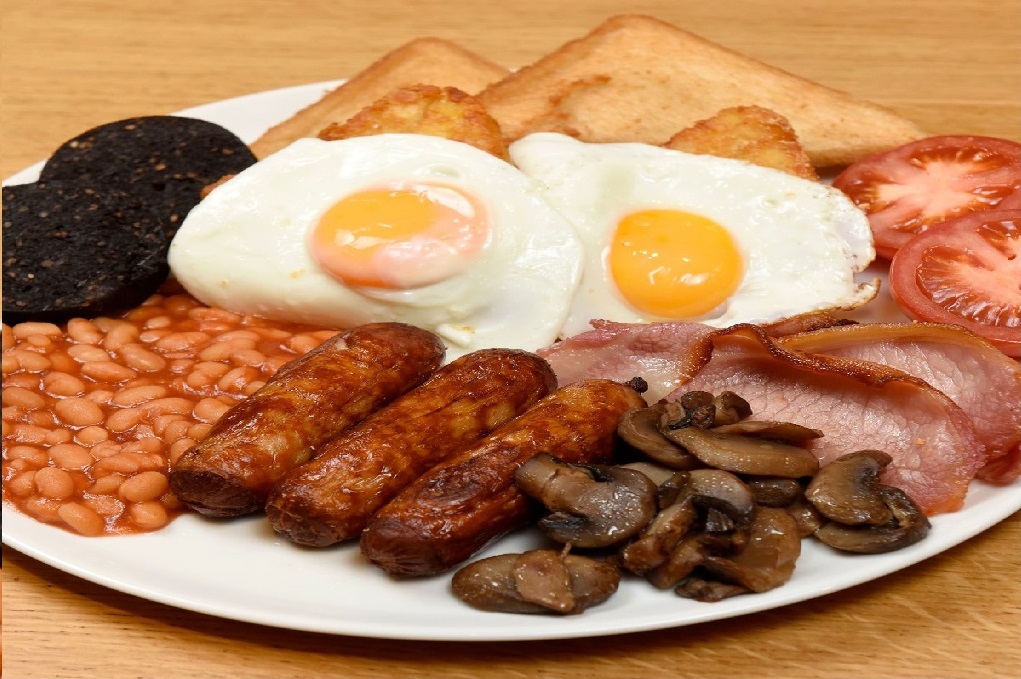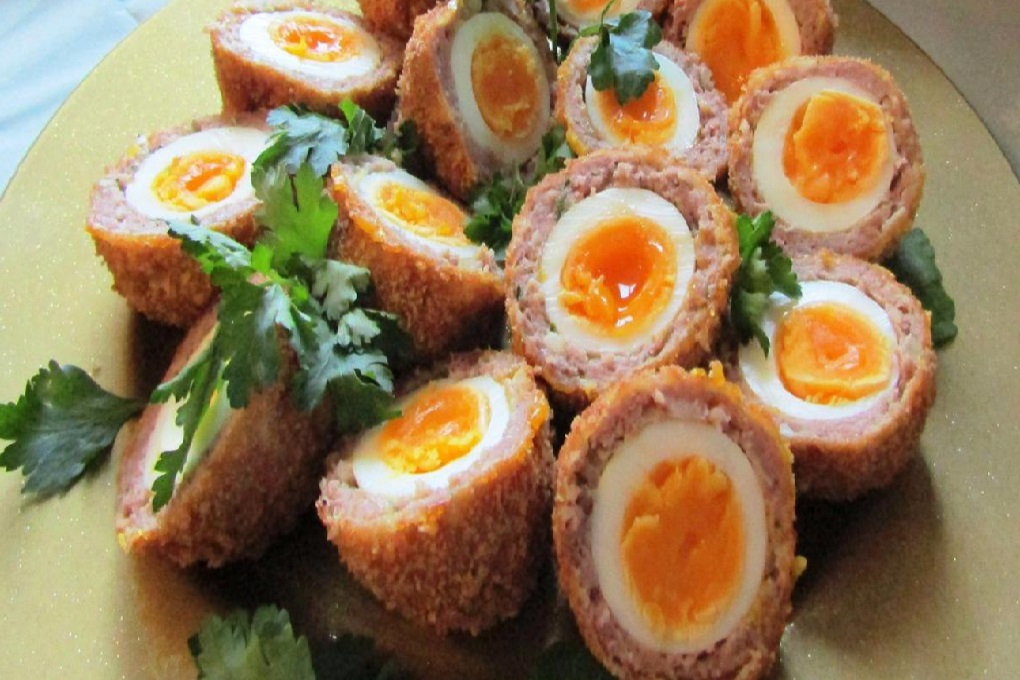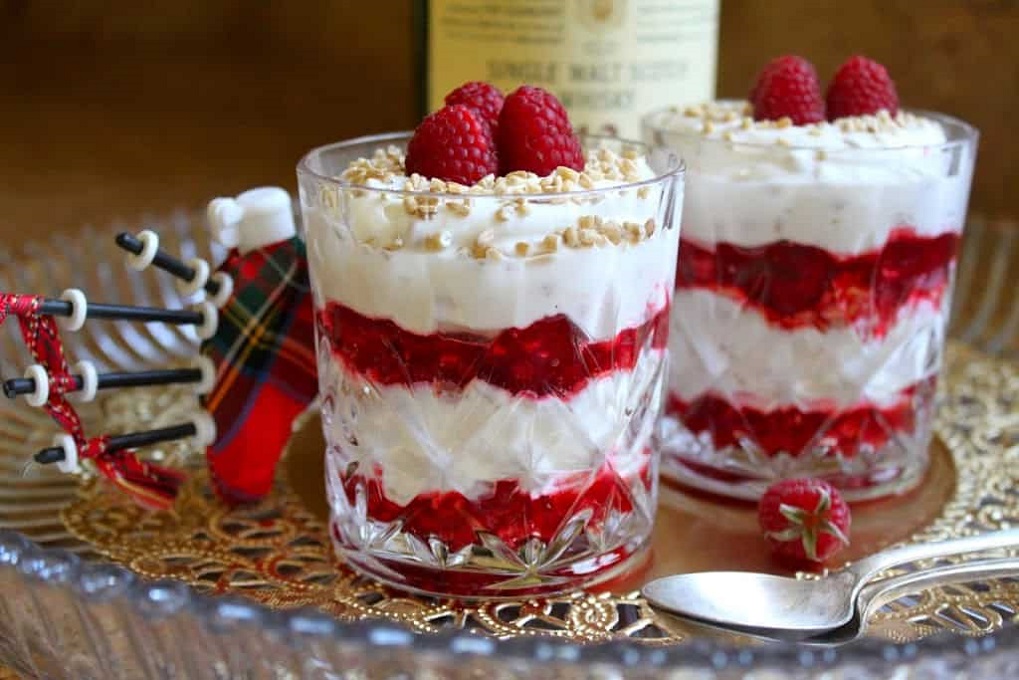Wee History of Scottish Food
The famous Scottish saying “S mairg a ni tarcuis air biadh,” (“He who has contempt for food is a fool.”) precisely describes the attitude to the food and cooking of Scotland. From the national dish of Haggis (sheep’s intestine cooked in a sheep’s stomach) to the finest whisky in the world, and what would breakfast be without the ubiquitous porridge.
The Scots have learned over the years to make the best use of what nature handed to them from the rugged mountains, lakes, sea lochs and streams, to the fertile valleys and moorlands. The climate of Scotland is relatively temperate in the southern and central parts, but the highlands and islands are subject to particularly harsh winters.
Evidence shows that hunter-gatherers first came to Scotland from Europe around 7000BC. They fished in the many rivers and streams, hunted in the mountains and on the moorland. Early settlements show cattle, sheep, and pigs were kept alongside basic crops of oats and barley. Around 2500 Northern and central Europe immigrants appeared and by 700 BC, those we now know of as Celts settled here from their native Ireland forced by severe food shortages.
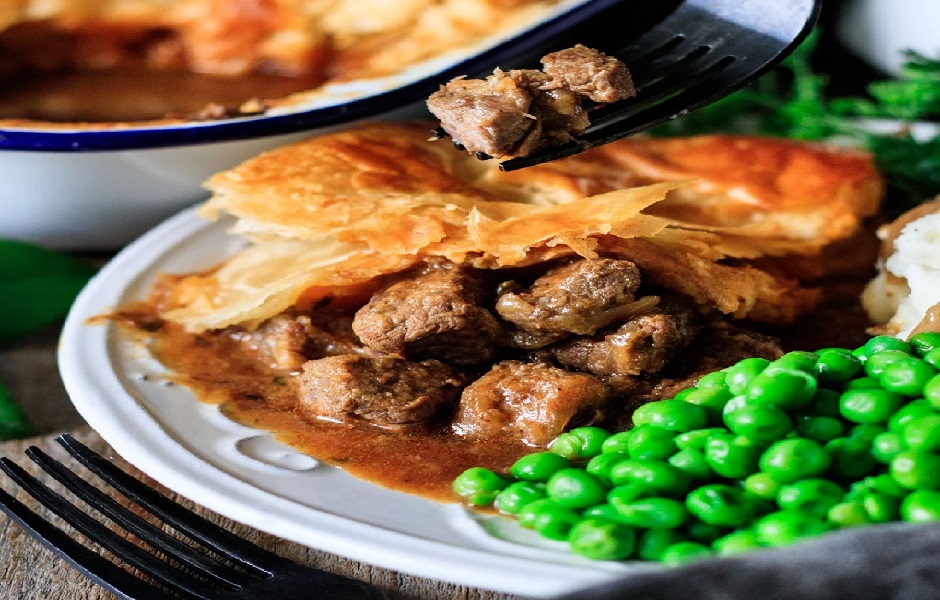
Scottish food was also heavily influenced by the arrival of the Vikings in the 9th century. With them they brought different cooking methods such as smoking, and what is now known as the ubiquitous breed of cattle the Aberdeen Angus.
Robert Burns (1759 – 1796) – “Some hae meat, and canna eat, And some wad eat that want it; But we hae meat, and we can eat – And sae the Lord be thankit.”
In Scotland, there have also been influences from the French who for many centuries had a close alliance with Scotland, particularly around the 16th century when Marie de Guise Lorraine married the king of Scotland, James V and brought French chefs and their cuisine to the Scottish Court. Oats and barley remained the staple crop for the working mans’ food in Scotland and porridge, made with Scottish oats, became not only a cheap food but also one which was plentiful. Cooking for the poor and farm workers was a cauldron over an open fire and included porridge, stews, broths, and soups. Wheat was very hard to grow in Scotland with the difficult climate and poor soil and the wealthy were easily identified, as their diet would include bread and pastry and the use of spit roasting for meat, a dish inaccessible to the poor.
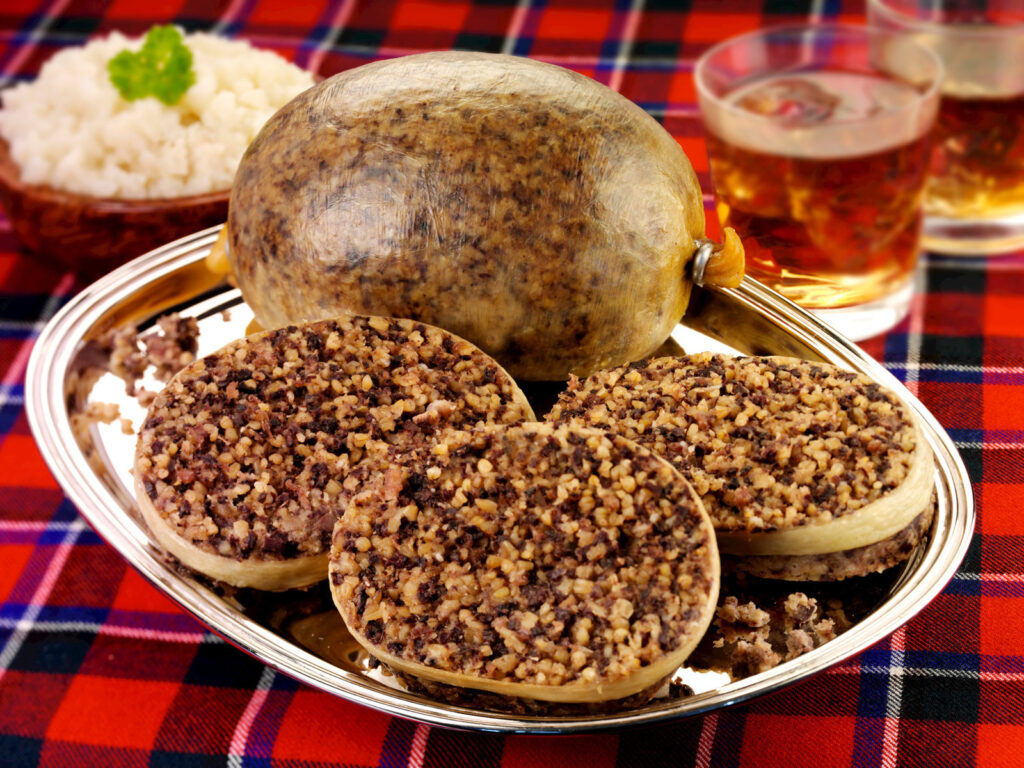
Like England, food in Scotland today is an eclectic mix of many cultures – English, Italian, Indian and Chinese. In Scotland, the Scots hold on tightly to their culinary heritage still using local, seasonal food. Oats are still widely eaten, as is fish, game, and of course beef. Scottish soft fruits–raspberries, strawberries, are renowned throughout the UK. Scottish cheeses, fruits, and vegetables likewise.
In Scotland, the Scottish kitchen is an abundance of soups and broths including Cock-a-Leekie – Chicken and leek soup, Scotch Broth–barley enrichened soup, Cullen Skink – a stew/soup from Cullen on the shores of the Moray Firth usually made with Finnan Haddock and Brose–a simple soup usually Kale, with a handful of oatmeal.
Fish is a staple of Scotland coming from the locks, streams, river, and magnificent coastline. Fish and seafood are plentiful and Scottish salmon (smoked and fresh) is world-renowned as are Arbroath Smokies (smoked haddock). The Scottish table will have meats a-plenty. Beef, game–particularly venison and game birds, the national dish of Haggis – a sheep’s stomach stuffed with sheep’s intestine and oatmeal–which was famous enough for famous Scots poet Robbie Burns to pen an ode. And not forgetting Forfar Bridies, a pasty not dissimilar to a Cornish Pasty.

Scotland is celebrated for its baking and puddings. A Clootie Dumpling, again not unlike an English suet pudding with a suet pastry case filled with dried fruits. Scottish shortbread is legendary as are oatcakes and pancakes. No list would be complete without Cranachan which incorporates some of Scotland’s most famous ingredients–raspberries, oats, and whisky–or Tablet the delicious fudge-like confection made from sugar, cream, condensed milk, and butter.
Scotland is known for its Fern Cakes because ferns figure into its folklore in legends about mythical flowers or seeds. They are believed to bloom once a year. Although alleged to be exceedingly difficult to find, anyone who sees a fern flower is thought to be guaranteed to be happy and rich for the rest of their life. Similarly one who finds the seed of a fern in bloom on Midsummer night will be guided and able to travel invisibly for eternity to the locations of hidden treasure. Lastly, ferns are thought to have magical properties such as a dried fern can be thrown into hot coals of a fire to exorcise evil spirits.
Article Credit: https://www.thespruceeats.com/the-food-and-cooking-of-scotland-435486
Photo Credit – The Mirror
Photo Credit – Scroll.im
Photo Credit – Christina’s Cucina
Photo Credit – Savor the Flavour
Photo Credit – Fore Drams
Photo Credit – Boyd’s Jig and Reel


